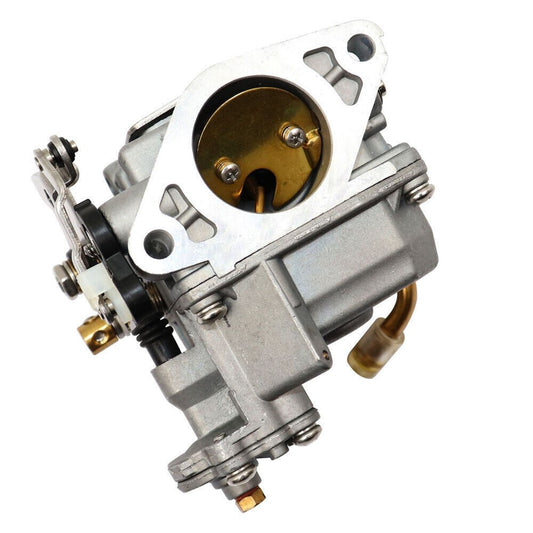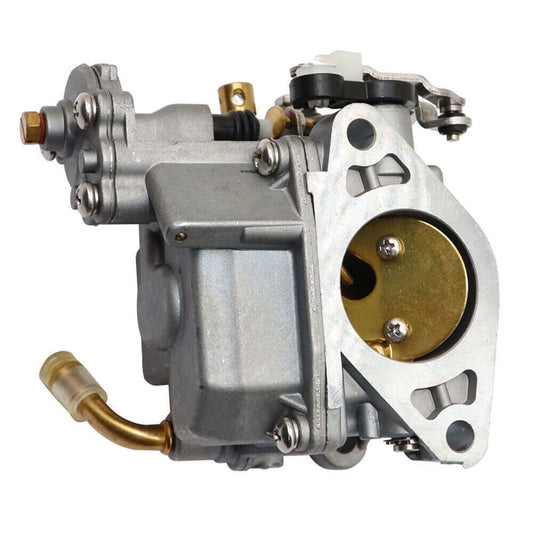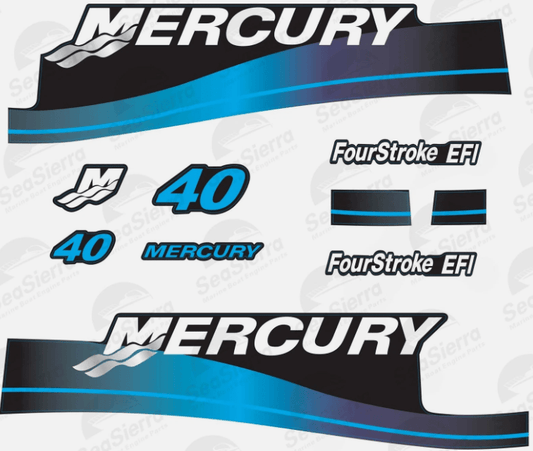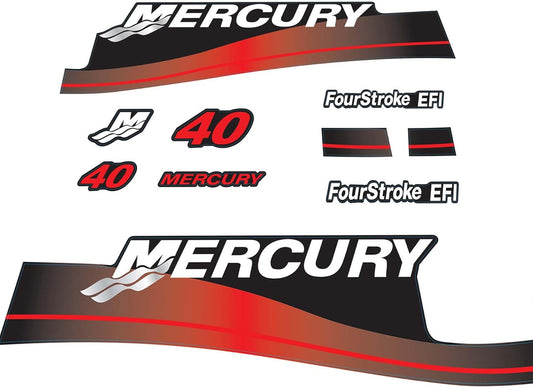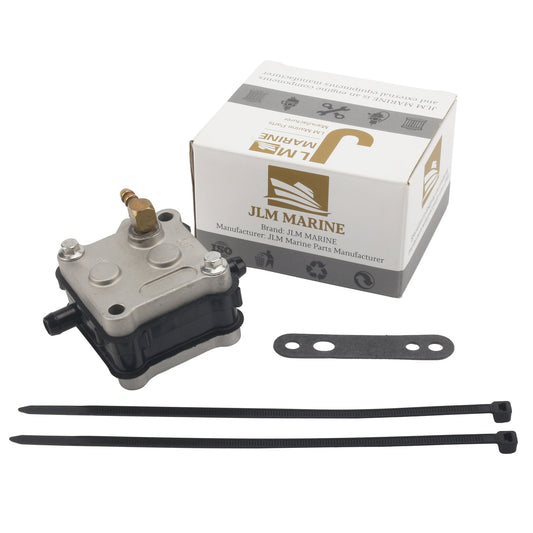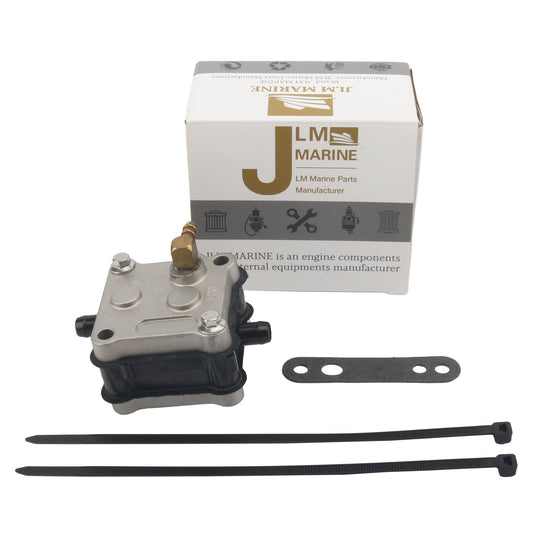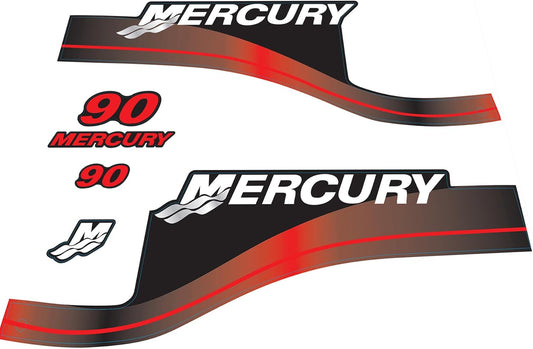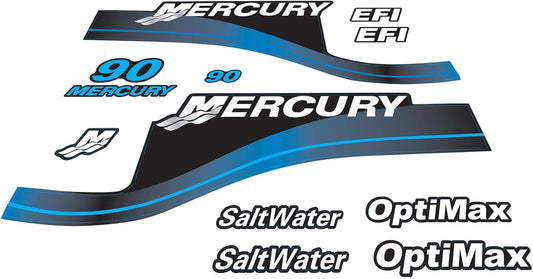The 2014 U.S. Boating Market Rebound: Data‑Driven Insights and What They Mean for Today’s Marine Parts Buyers
1. A Snapshot of the 2014 Bounce‑Back
- Unit momentum: Analysts at GE Capital and Wells Fargo projected an 8–9% lift in nationwide new‑boat sales, pushing the market toward ≈ 185,000 units in 2014—up from the post‑crash low of ~145 k in 2010, yet still far from the 280 k peak in 2006.2014 US Market overview.pdf](file-service://file-2CymawgWRWy5hnYMqeMCxb)
- Macro tailwinds: U.S. GDP growth was 2.8%, unemployment 6.3%, and consumer confidence climbed, setting the stage for discretionary‑spend categories such as boating to revive.
-
Dealer sentiment: At NMMA’s 2014 American Boating Congress, builders reported
backlogs
andrelative confidence
—a signal that wholesale pipelines were filling again.2014 US Market overview.pdf](file-service://file-2CymawgWRWy5hnYMqeMCxb)
For context, 2014 marked the first season since 2008 that most U.S. builders forecasted “a good year.” But the comeback was anything but uniform across boat types—a nuance that still shapes which OEM and aftermarket parts sell fastest online.
2. Winners, Laggards & What Drove Them
2.1 Pontoon & Aluminum Fishing Boats: The Stars of Volume
By 2013, pontoon units had roared back to 90% of their 2006 peak, while aluminum fishing boats sat near 70%. Two forces fed the surge:
- Baby‑boomer buyers embraced ease of boarding and open‑deck layouts.
- Outboard manufacturers delivered quieter, lighter, fuel‑efficient engines that made pontoons and tin boats cheaper to run and easier to service.
Aftermarket impact: High‑hour fishermen and lake cruisers created enduring demand for outboard fuel pumps, water‑pump impellers, and pontoon‑specific accessories.
2.2 Fiberglass Outboards: Halfway Home
Fiberglass outboard runabouts clawed back to roughly 50% of peak, held in check by price sensitivity and financing hurdles on larger fiberglass hulls. Yet builders such as Sea Ray bet big on outboard‑powered bowriders (e.g., 350 SLX), validating a shift that makes today’s 200 hp+ outboard parts a lucrative niche.
2.3 Sterndrive & Small Cruisers: The Stragglers
Conversely, the sterndrive segment slid another 8.6% YoY in 2013. Unit sales from 14–30 ft shrank below 3,000 nationwide. Reasons cited:
- Outboards stole entry‑level buyers by being simpler to store, maintain, and winterize.
- A “technology gap”—outboards advanced; small‑block sterndrives stagnated.
Parts angle: Although volumes are lower, legacy sterndrive owners keep boats longer, driving steady sales of bellows kits, manifolds, and multi‑port fuel pumps compatible with mid‑2000s MerCruiser blocks.
3. Operational Shifts That Still Shape Parts Demand
3.1 “Real‑Time” Production & Lean Inventories
Brunswick and others trimmed capacity during the downturn and pivoted to real‑time manufacturing
—ramping up in December, throttling down post‑season—to avoid stuffing dealers. The result was healthier dealer margins yet tighter retail parts pipelines, opening space for independent e‑commerce retailers (read: you!) to fill back‑order gaps.
3.2 Export Mindset
Even in 2014, 50% of Hatteras’s sales were offshore, and NMMA tallied US$21 billion in boat & engine exports. That globalization means JLM Marine’s international shipping program taps a larger pie of aging export hulls needing hard‑to‑find OEM‑grade spares.
3.3 Dealer Diversification
With ~⅓ of U.S. dealers shuttered between 2008‑13, survivors doubled down on marina services, storage, and certified parts installation. For DIY owners—especially those buying discount parts online—this translated into more service‑friendly videos and how‑to guides, a content angle your blog should keep nurturing.
4. Five 2014 Lessons Every Boat Owner Should Still Apply in 2025
-
Outboards Will Keep Outpacing Sterndrives
Even Yamaha’s jet‑boat line surged 15% in Q1‑2014, proving propulsion tech matters. Expect rising demand for high‑pressure fuel pumps, thermostats, and EFI sensors across 90‑300 hp ranges. Keep spares on hand for summer. -
Pontoon Platforms Deserve Proactive Maintenance
Increased aluminum deck hours mean more frequent impeller and 100‑hour service‑kit changes. -
Inventory Shortfalls Create Aftermarket Opportunities
Builders’ lean cycles can translate into 6‑week OEM backorders. Online retailers that stock cross‑reference aftermarket parts—JLM’s niche—win the sale and retain the customer. -
Resale Value Rises With Documentation
Since unit volumes never returned to 2006 highs, late‑model used boats command premiums. Keep digital logs of part numbers, replacement dates, and torque specs; they boost survey confidence at trade‑in time. -
Global Sourcing = Price Leverage
The U.S. was already exporting US$216 m in outboard boats in 2013. As platforms circulate worldwide, reputable e‑commerce players can aggregate demand and negotiate factory‑direct pricing—savings we pass on at checkout.
5. How JLM Marine Leverages These Trends for You
Because we study market data (like the 2014 overview you’ve just read about), we stock high‑velocity SKUs—think Yamaha 6C5‑24410 fuel pumps or Mercury 18‑3642 thermostat kits—before peak summer hits. Every listing includes:
- Exact OEM cross‑references to eliminate guesswork
- High‑resolution exploded diagrams so you can double‑check gasket counts
- Live‑chat techs (all former marine‑dealer pros) to decode serial‑number breaks
- Flat‑rate international shipping to 70+ countries
Ready for smooth sailing? Explore our outboard parts catalog or ask our experts for a personalized parts list.
6. Quick‑Reference Maintenance Checklist (Save for Later)
| Component | Average Interval* | Essential Part Link |
|---|---|---|
| Fuel Pump Diaphragm | 300 hrs / 3 yrs | Shop Fuel Pumps |
| Water‑Pump Impeller | 100 hrs / 1 yr | Shop Impellers |
| Thermostat | 200 hrs / 2 yrs | Shop Thermostats |
| Spark Plugs | Every season | Shop Ignition Parts |
*Manufacturer guidelines vary—always confirm in your service manual.
7. Conclusion: Why 2014 Still Matters
What began in 2014 as a cautious rebound became the template for today’s leaner yet healthier recreational‑boating ecosystem. For boat owners, that means:
- Outboard parts rule the aftermarket roost.
- Pontoon maintenance is non‑negotiable.
- Legacy sterndrive owners can extend vessel life—profitably—through reliable spares.
Armed with these insights, you can navigate the 2025 boating season with fewer surprises and more time on the water. When you need the right parts fast, remember that JLM Marine tracks these macro trends so you don’t have to.

